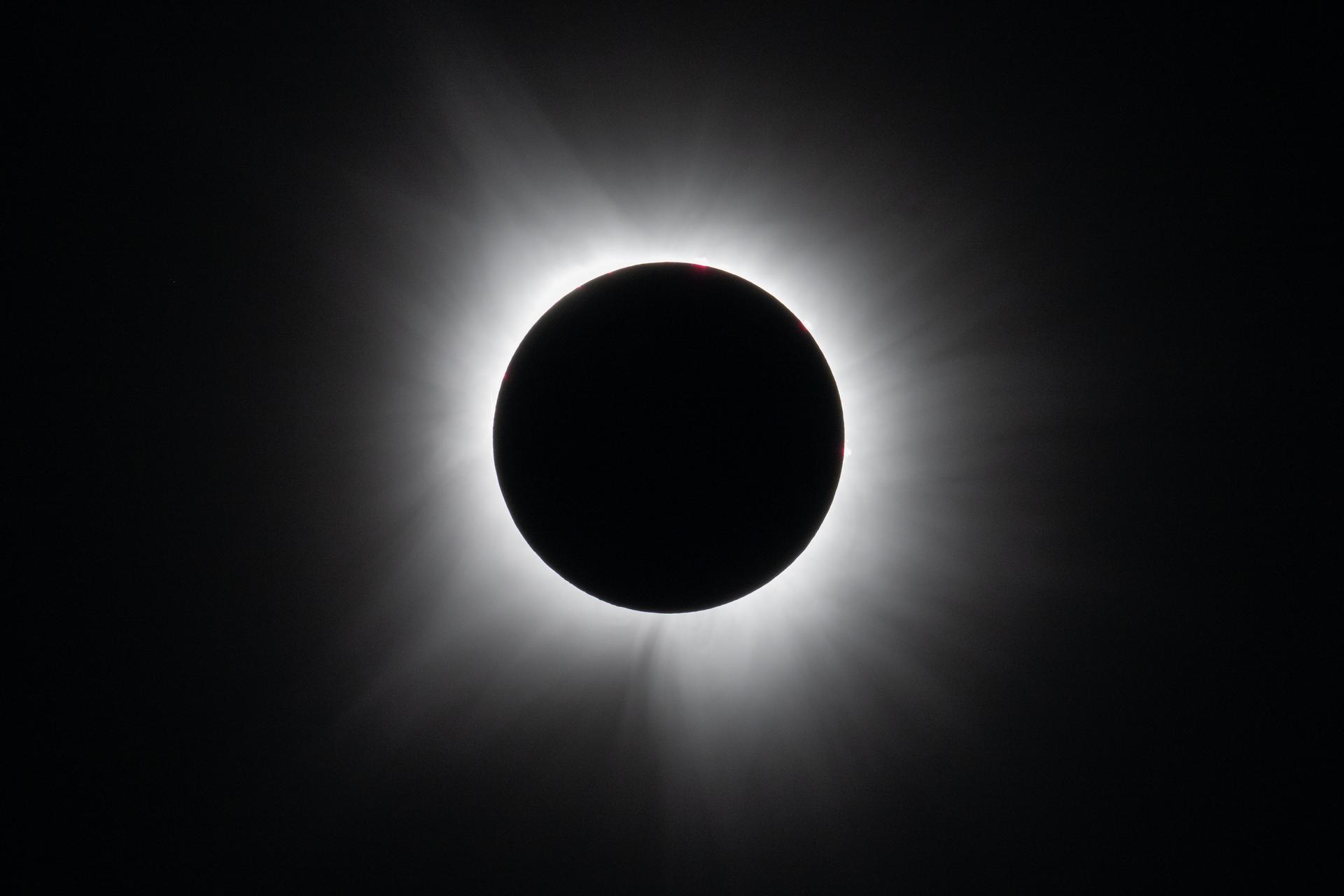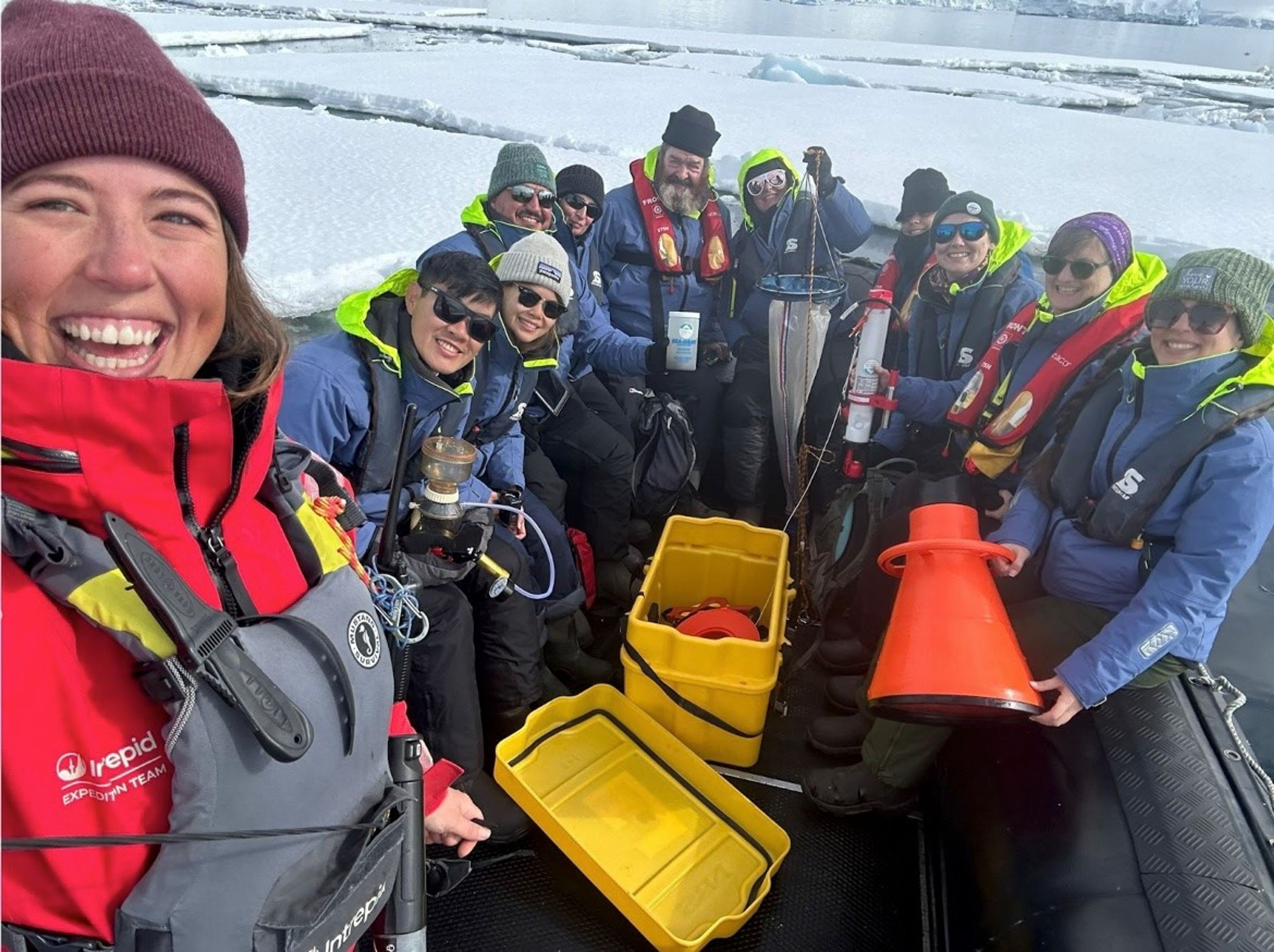Citizen Science Stories

Scientists Share Early Results from NASA’s Solar Eclipse Experiments
On April 8, 2024, a total solar eclipse swept across North America, from the western shores of Mexico, through the United States, and into northeastern Canada. For the eclipse, NASA helped fund numerous research projects and called upon citizen scientists…

Fresh Eyes on Ice Project Wins Award
Congratulations to the Fresh Eyes on Ice project, which received a C. Peter Magrath exemplary project award from the Association of Public and Land-grant Universities! The award recognizes programs that demonstrate how colleges and universities have redesigned their learning, discovery,…

This Thanksgiving, We’re Grateful for NASA’s Volunteer Scientists!
This year, we’re giving thanks to you for Doing NASA Science! You and the millions of other volunteers have enabled an incredible banquet of discoveries—by taking data, analyzing data, writing code, writing papers, and even inventing your own science projects.…

NASA’s NEOWISE Spacecraft Re-Enters Atmosphere, But More Discoveries Await!
NASA’s NEOWISE (Near-Earth Object Wide-field Infrared Survey Explorer) spacecraft re-entered and burned up in Earth’s atmosphere on Friday night, as expected. Launched in 2009 as the WISE mission, the spacecraft has been mapping the entire sky at infrared wavelengths over…

Sadie Coffin Named Association for Advancing Participatory Sciences/NASA Citizen Science Leaders Series Fellow
In August, the Association for Advancing Participatory Sciences (AAPS) announced a fellowship opportunity in partnership with the NASA Citizen Science Leaders Series. Fifty-five people applied! The applications came from graduate students and early career professionals in diverse disciplines, including astronomy,…

New Project Invites You To Do Martian Cloud Science with NASA
Like staring at the clouds? Love the planet Mars? How about staring at the clouds…on Mars? Now you can join Cloudspotting on Mars: Shapes, a new NASA citizen science project, and help identify beautiful cloud formations on the Red Planet. …

Watch How Students Help NASA Grow Plants in Space: Growing Beyond Earth
Since 2015, students from across the USA have been partnering with scientists at NASA to advance research on growing plants in space, ultimately to feed astronauts on long-distance space missions, as part of Fairchild Tropical Botanic Garden’s Growing Beyond Earth…

Eclipse Megamovie Coding Competition
Making the most of a solar eclipse demands attention to detail. Do you have what it takes? NASA’s Eclipse Megamovie project launched a new coding competition, and they need your help to organize images from the April 8, 2024 total…

Four Asteroids Named After NASA Volunteers
Four amateur astronomers working on NASA’s citizen science project, The Daily Minor Planet, were honored for their contributions to astronomy and planetary science by having asteroids in the asteroid belt between Mars and Jupiter named after them. These volunteers reviewed…

NASA’s TESS Spots Record-Breaking Stellar Triplets
Professional and amateur astronomers teamed up with artificial intelligence to find an unmatched stellar trio called TIC 290061484, thanks to cosmic “strobe lights” captured by NASA’s TESS (Transiting Exoplanet Survey Satellite). The system contains a set of twin stars orbiting…
